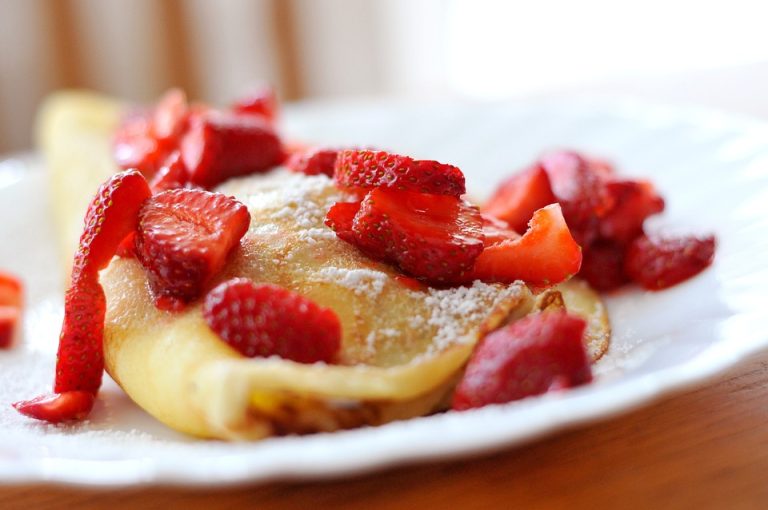
Whether you’re whipping up a batch of fluffy pancakes for breakfast or indulging in a stack for dinner, it’s important to know the nutritional information of this delicious treat. From the batter to the toppings, every ingredient in a homemade pancake contributes to its calorie content. So, what do you need to know about the calories in a homemade pancake?
First and foremost, let’s break down the basic components of a homemade pancake. The main ingredients include flour, eggs, milk, baking powder, sugar, salt, and butter or oil for cooking. Depending on the recipe, additional ingredients such as chocolate chips, fruit, or nuts may also be added. Each of these ingredients contributes to the overall calorie content of the pancake.
One standard homemade pancake (about 4 inches in diameter) without any toppings contains approximately 175-200 calories. However, this number can vary depending on the specific recipe and the amount of each ingredient used. For example, using whole milk instead of skim milk or adding extra sugar will increase the calorie count.
In addition to the pancake itself, it’s important to consider the calorie content of any toppings or syrups that are added. For example, a drizzle of maple syrup can add an additional 52 calories per tablespoon, while a tablespoon of butter adds about 100 calories. Fresh fruit, such as blueberries or bananas, can add around 40-60 calories per half cup. These numbers may seem small, but they can quickly add up if you’re not mindful of portion sizes.
If you’re looking to make your homemade pancakes a bit healthier, there are several modifications you can make to reduce the calorie content. For example, using whole wheat flour instead of white flour adds more fiber and nutrients while keeping the calorie count in check. Additionally, using a sugar substitute or reducing the amount of sugar in the recipe can help cut down on unnecessary calories. Cooking your pancakes with a non-stick cooking spray or using a small amount of oil instead of butter can also reduce the calorie content.
It’s also important to remember that portion size plays a significant role in the calorie content of your pancake. A smaller pancake will naturally have fewer calories than a larger one, so it’s important to be mindful of how many pancakes you’re consuming in one sitting.
In conclusion, the calories in a homemade pancake can vary based on the ingredients used and any additional toppings. By being mindful of your portion sizes and making small modifications to the recipe, you can enjoy a delicious homemade pancake without consuming an excessive amount of calories. So go ahead, whip up a batch of pancakes and enjoy a tasty breakfast treat while knowing the calorie content of your meal.